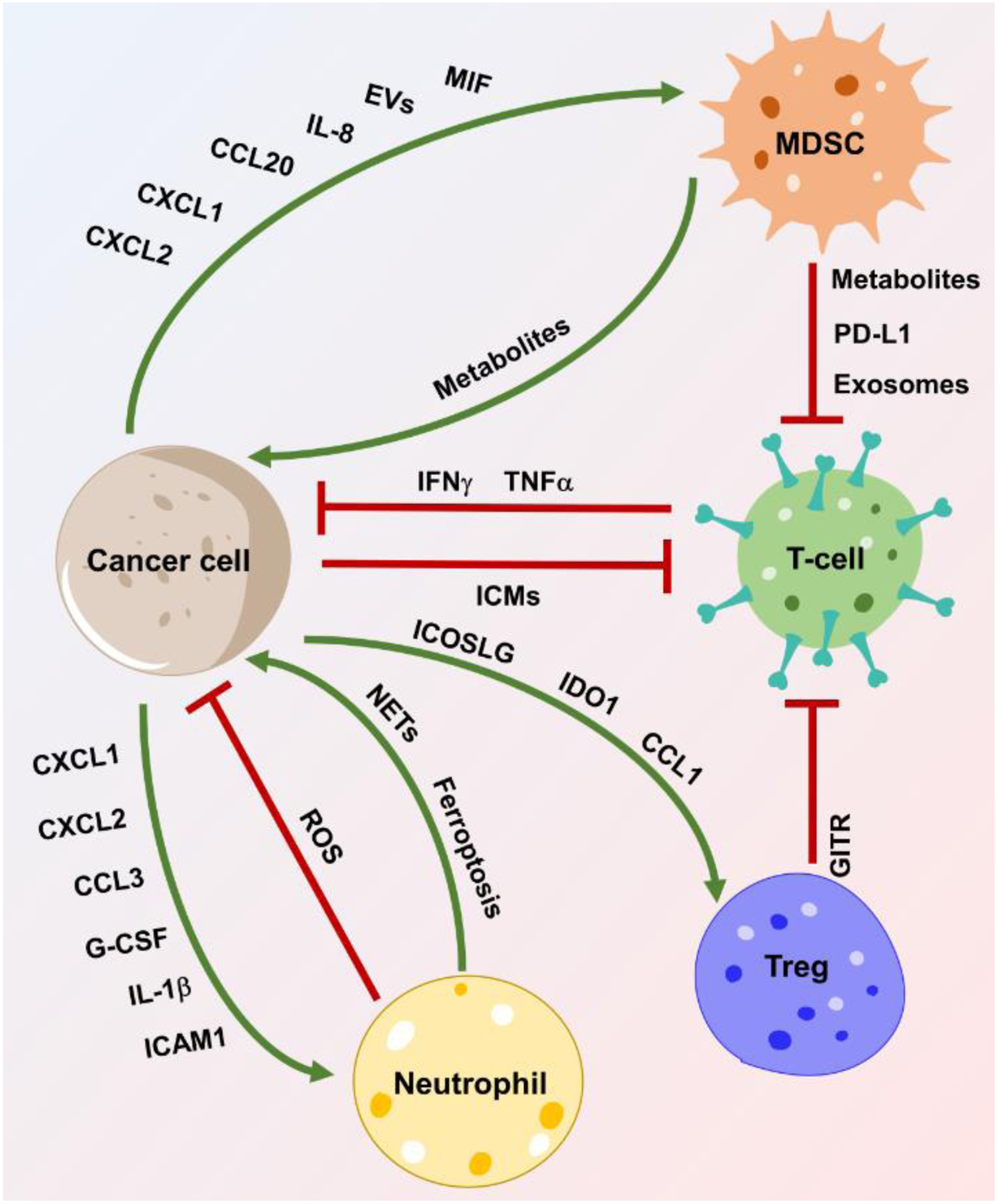Figure 2. Cancer cell-immune crosstalk and interactions in GBM.

GBM-immune crosstalk (including GBM-MDSC, GBM-neutrophil, GBM-T cell, and CSC-Treg) and the immunosuppressive function of MDSCs and Tregs on T-cells in GBM. Crosstalk between two cell types is achieved by expression and/or secretion of a variety of chemokines, cytokines, exosomes, metabolites, or other factors as indicated. Neutrophils promote tumor growth via NET formation or ferroptosis-mediated necrosis in GBM. Abbreviations: CCL1, chemokine ligand 1; CCL1/3, chemokine ligand 3; CCL20, chemokine ligand 20; CXCL1/2, C-X-C motif chemokine ligand 1 and 2; EVs, extracellular vesicles; GBM, glioblastoma; G-CSF, granulocyte colony-stimulating factor; GITR, glucocorticoid-induced TNFR-related protein; ICAM1, intracellular adhesion molecule 1; ICMs, immune checkpoint molecules; ICOSLG, inducible T-cell costimulator ligand; IDO1, indoleamine-2,3-dioxygenase 1; IL-1β, interleukin-1 beta; IL-8, interleukin-8; MDSC, myeloid-derived suppressor cell; MIF, macrophage migration inhibitory factor; NETs, neutrophil extracellular traps; PD-L1, programmed death-ligand 1; ROS, reactive oxygen species; Treg, regulatory T-cell.
